83 F. maximum temperature in the Twin Cities Monday.
78 F. average high on June 12.
78 F. high on June 12, 2016.
June 13, 1991: One fatality and 5 injuries occur when lightning strikes a tree at Hazeltine Golf Course during the US Open.
June 13, 1930: A tornado hits the Northfield area, and causes heavy damage at Randolph.
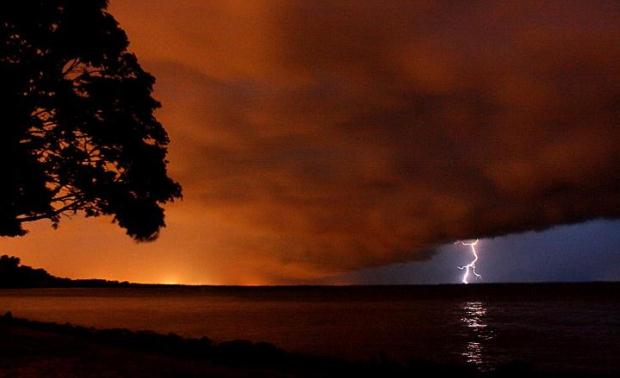
Typical for June: Hot, Sticky and Thundery
"If hugs were lightning I'd send you the thunderstorm" wrote Natessha Arne Tallo. We have the illusion of control, but when it comes to weather all we can do is shrug. Which is vaguely reassuring.
This year roughly 100,000 thunderstorms will sprout above the USA, unloading hail, precious rains and flooding rains, and about 20 million cloud to ground lightning strikes.
Worldwide lightning strikes the Earth about 30 times per second. If anyone asks (doubtful) your lifetime odds of being killed by lightning are 1 in 30,000. The odds of perishing due to extreme cold? 1 in 6,155. So you're about 13 times more likely to be killed by a cold front than lightning.
A surge of hot, humidified air sparks more T-storms today; if the sun stays out for a few hours this afternoon and Tuesday the mercury will brush 90F.
Cooler 70s return by the weekend; Saturday looks salvageable but models pull more showers and T-storms into Minnesota Sunday. Good news for northern Minnesota, where pockets of moderate drought linger.
We may end June on another hot, steamy note, based on latest guidance. Bring it.
File photo: Brad Birkholz.
Nagging Severe Risk. The best chance of large hail and damaging winds comes over western Minnesota, roughly west of St. Cloud and Brainerd later today; but more severe weather could easily drift into the Twin Cities metro. By Sunday a wind shift to the west pumps drier air into Minnesota and the severe risk migrates into Wisconsin.
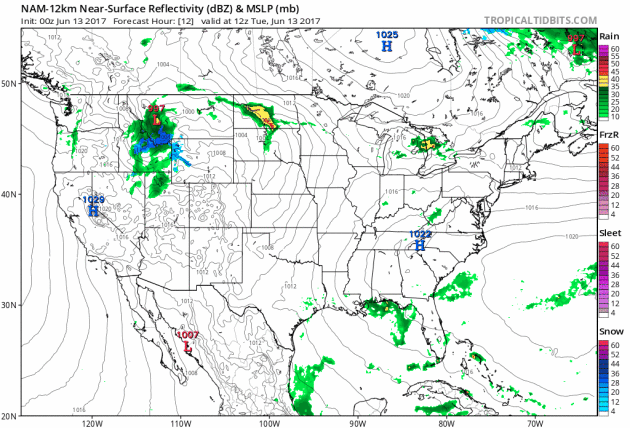
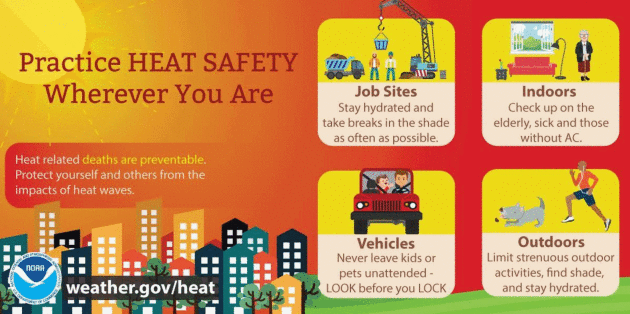
Remember Your Pets Feel the Heat Too. Here's an excerpt from The U.S. Climate Resilience Toolkit that caught my eye: "...Additionally,
some of the same characteristics that make some humans more vulnerable
than others are also in play with other animals, such as older or very
young pets and pets with existing health conditions. Watch for warning
signs, such as heavy panting or glazed eyes, because animals cannot tell
you when they are too hot. Another
risk to pets and service animals is the potential for burns to their
paws and pads as paved surfaces may become excessively hot during a heat
wave. Both the Best Friends Animal Society and the Humane Society
provide excellent reference materials for understanding the risk of
heat and warning signs for pets, as well as tips for mitigating heat
risk, for instance, by making peanut butter popsicles or "keep cool"
mats..."
Photo credit: "Pet owners should take special precautions to safeguard the health of their pets during extreme heat."
Hot Omega Block.
The pattern over the last few months has been characterized by blocking
patterns, where weather temporarily stalls. Such a holding pattern is
brewing for late June with cool low pressure keeping New England and the
Pacific Northwest showery (and cooler than average) while much of the
rest of the USA enjoys a run of 90s, maybe hotter than that for the
central and southern Plains.
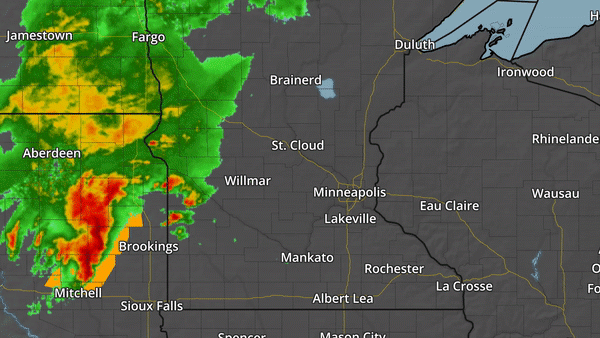
Link Between Warming and Severe Hail/Winds? How will warming impact us? More flooding events. Flooding in places that rarely see flooding - more "drainage floods" as opposed to rivers overflowing their banks. Check your homeowners policy - damage from flooding probably isn't included. I see no strong scientific evidence the warming well underway is sparking more tornadoes or hail, at least not yet. Higher dew points in summer; we're seeing a longer growing season and erratic winter snows, but data linking high winds/big hail with a warmer, wetter atmosphere is inconclusive at this time. Sunday's squall line probably fit the definition of a rare "derecho", with wind damage along a 250-mile swath or longer.
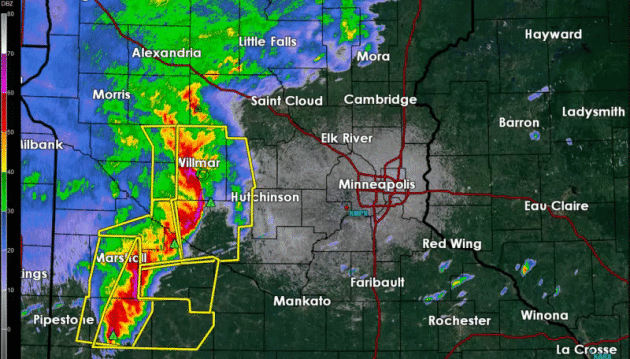
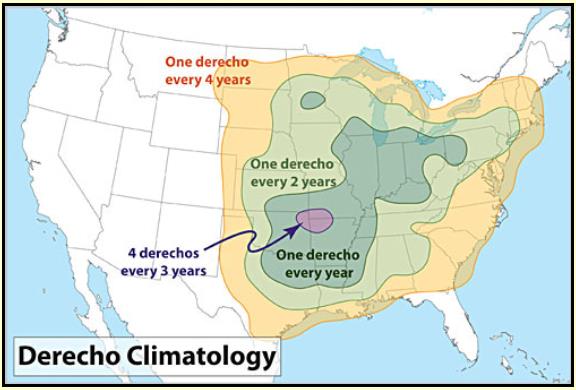
Hurricane Joaquin file image: NOAA.

The Real Story Behind Elon Musk's $2.6 Billion Aquisition of Solar City, and What It Means for Tesla's Future - Not To Mention the Planet's. The longest headline on record? But more interesting background on what motivates Elon Musk, courtesy of Fast Company: "...These roof tiles are the latest component of Musk’s larger plan to wean us off fossil fuels. Inside the garage of each of these homes, he points out, is a Tesla vehicle and next-generation Powerwall, the sleek rechargeable battery Tesla developed in 2015 to store energy for household use. During the day, the solar shingles can generate electricity and recharge the Powerwall. After the sun goes down, the battery takes over, providing power independent of the traditional utility grid. “This is the integrated future. You’ve got an electric car, a Powerwall, and a Solar Roof. It’s pretty straightforward, really,” he says with a big shrug and a smile. “[This] can solve the whole energy equation.” Musk’s announcement is about saving the planet. But it’s also about saving SolarCity, the company his cousins, Peter and Lyndon Rive—who are in the audience—launched with Musk’s support in 2006 to bring solar power to the masses..."
Cyber Experts Identify Malware That Could Disrupt U.S. Power Grid. Another argument for clean, renewable, resilient options that keep keep the lights on, even if the grid goes down. Here's an excerpt from The Wall Street Journal: "Computer-security researchers said Sunday they have discovered the malicious software that knocked out electricity in Ukraine’s capital last year, and warned U.S. companies that the code could be repurposed to disrupt systems in the U.S. The discovery sheds light on an incident that security experts have been watching closely, hoping to understand the risk to the U.S. electrical grid. It follows a 2014 cyber-campaign against the U.S. in which networks at 17 energy companies, including four electric utilities, were compromised..."
Photo credit: "The Kentucky Utilities Co. E.W. Brown generating station in Harrodsburg. U.S. researchers have been studying malicious software to understand the risk it could pose to the U.S. electrical grid." Photo: Luke Sharrett/Bloomberg News.
"Crash Override": The Malware That Took Down a Power Grid. More perspective on the threat from WIRED.com: "...The researchers say this new malware can automate mass power outages, like the one in Ukraine’s capital, and includes swappable, plug-in components that could allow it to be adapted to different electric utilities, easily reused, or even launched simultaneously across multiple targets. They argue that those features suggest Crash Override could inflict outages far more widespread and longer lasting than the Kiev blackout. “The potential impact here is huge,” says ESET security researcher Robert Lipovsky. “If this is not a wakeup call, I don’t know what could be.” The adaptability of the malware means that the tool poses a threat not just to the critical infrastructure of Ukraine, researchers say, but to other power grids around the world, including America's..."
U.S. grid map: FEMA.
Concussion Expert Says Extent of Brain Damage in Youth Football Players "Took My Breath Away". Here's a clip from ThinkProgress: "...While
the impact of football on younger brains hasn’t been studied as
comprehensively, scientists at the Mayo Clinic Brain Bank last year
discovered evidence of CTE in 21 out of 66 brains
they studied that belonged to males who played contact sports when they
were young. Perhaps most alarmingly, they studied 198 brains in the
bank that had zero documented history of participating in contact
sports, and none of those brains showed signs of CTE. So while the
research is still in the early stages, the connection between contact
sports in youth and CTE later in life is pretty clear..."
85% of Americans Use Mobile Devices to Access News. Nieman Journalism Lab
has details: "Most people in the U.S. — 85 percent of U.S. adults —
have used a mobile device to access news at some point, up from around
just 50 percent in 2013. But put aside any assumptions about which
groups of people are responsible for the big increases. More than two
thirds (67 percent) of Americans aged 65 and older get news on a mobile
device (in 2016, that number was 43 percent; in 2013, it was 22
percent). Mobile news consumption among 50- to 64-year-olds also
increased sharply over the past four years..."

Video credit: "A Colorado woman called police when she came home to find her house trashed. Then they watched the surveillance tape." (The Washington Post).
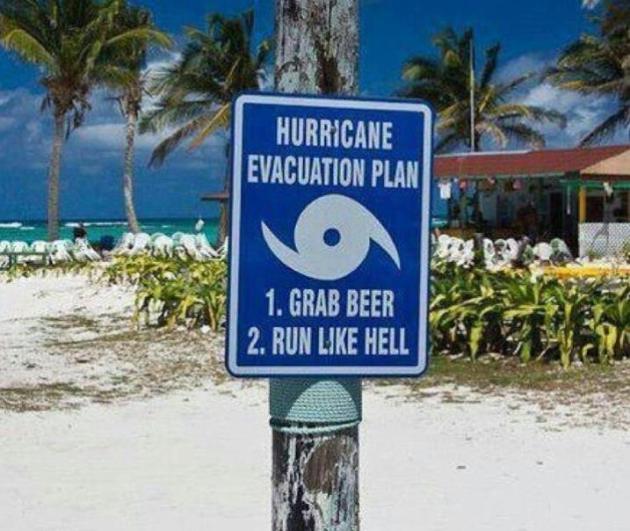
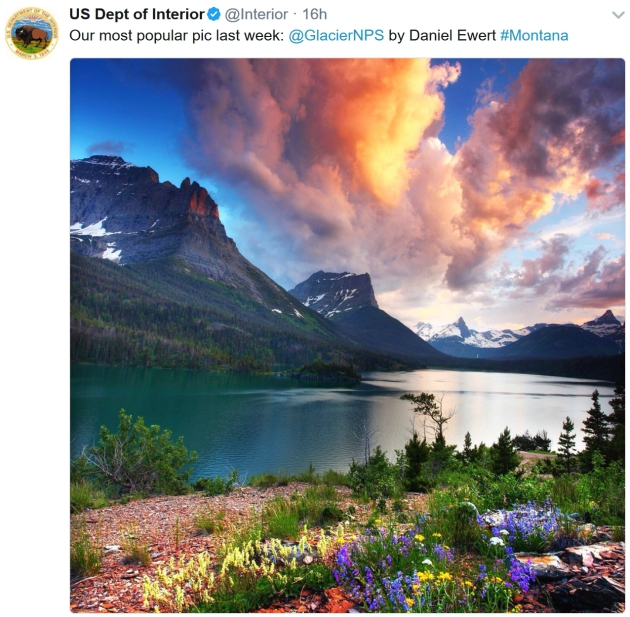
TODAY: Sticky and unsettled, more T-storms. Winds: SE 10-15. High: 88
TUESDAY NIGHT: Muggy and warm with a nagging storm risk. Low: 72
WEDNESDAY: Another T-storm, then partial clearing. Winds: SW 8-13. High: 89
THURSDAY: Warm sunshine, a rare dry day? Winds: W 7-12. Wake-up: 65. High: 86
FRIDAY: Unsettled, PM showers, T-storms. Winds: NW 5-10. Wake-up: 64. High: 83
SATURDAY: Better day of the weekend? Some sun, comfortable. Winds: W 8-13. Wake-up: 62. High: 77
SUNDAY: Heavier rain, few T-storms. Winds: NE 10-15. Wake-up: 60. High: 69
MONDAY: Drier, but slight risk of a PM shower. Winds: W 10-15. Wake-up: 58. High: 75
Climate Stories...
If You Think Climate Will Be Expensive, Calculate the Cost of Letting It Happen. Here's a clip from Harvard Business Review: "...This echoes a common political talking point: that fighting climate change is bad for the economy. I’d like to point out the flip side: that climate change itself is bad for the economy and investing in climate resilience is not only a national security priority, but an enormous economic opportunity. The share of national GDP at risk from climate change exceeds $1.5 trillion in the 301 major cities around the world. Including the impact of human pandemics – which are likely to become more severe as the planet warms — the figure increases to nearly $2.2 trillion in economic output at risk through 2025..."
How Climate Data is Collected. NPR explains how we know that CO2 levels are, in fact, rising worldwide:
HOOD: Despite the frozen fingers, every week Morse skis, hikes or drives a snowcat to get to this ridge. She works for the University of Colorado at Boulder collecting data for the National Oceanic and Atmospheric Administration.
MORSE: We know that CO2 is going up because of sites like this. And there are sites like this all over the world.
HOOD: About 100 in NOAA's network. For hundreds of thousands of years, concentrations of carbon dioxide, or CO2, were never higher than 280 parts per million, but that number began to rise with the industrial revolution. And in recent years, it's rising faster at an unprecedented level. It's the direct result of burning fossil fuels like coal and natural gas...
File image: John Sonntag, NASA.
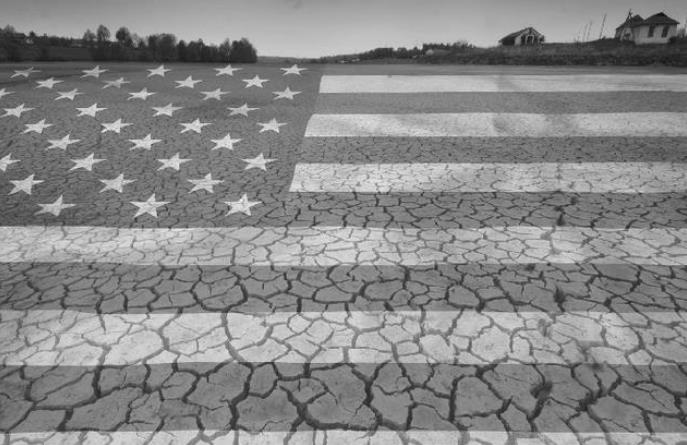
Do Recent Climate Decisions Put Our Military Men and Women at Increased Risk? Here's an excerpt of an Op-Ed from the San Antonio Express-News: "...Climate change also causes more frequent extreme weather events, which means more requests for humanitarian aid across the globe; meanwhile, droughts and resource shortages end up strengthening the very extremist groups our troops face on the battlefield. In light of these dangers, the Department of Defense describes climate change as a “threat multiplier” because it makes the jobs of our troops harder and riskier. If we choose not to take steps to move away from the fossil fuels of the past and toward the clean energy of the future, we will be condemning our allies, our children and our loved ones in uniform to an increasingly dangerous world — and a world in which the United States is a backward outsider..."
Climate Change in British Columbia: Here's How 2050 Could Look. CBC News reports: "Climate change has been blamed for raging forest fires, devastating floods and shrinking glaciers, but scientists have determined the effects will look different in various regions of B.C. Their severity depends on how successful humans are in reducing greenhouse gas emissions. Under a middle-of-the-road scenario that assumes that in the future greenhouse gas emissions are halved, the average annual temperature in B.C. would increase by 2.5 C by 2050, according to the Pacific Climate Impacts Consortium..."
Photo credit: "The risk of wildfires in the Okanagan will increase if average annual temperatures rise 2.5 C by 2050." (Jonathan Hayward/Canadian Press).
Trump Wages Battle Against Regulations, Not Climate Change. Some interesting spin from PBS NewsHour; here's the intro: "While President Donald Trump’s beliefs about global warming remain something of a mystery, his actions make one thing clear: He doesn’t consider it a problem for the federal government to solve. Trump’s recent decision to pull out of the Paris climate deal was just his latest rapid-fire move to weaken or dismantle federal initiatives to reduce carbon emissions, which scientists say are heating the planet to levels that could have disastrous consequences. Trump is waging war against efforts to curb U.S. dependence on fossil fuels. He’s done that through executive orders targeting climate change programs and regulations, massive proposed spending cuts and key appointments such as Scott Pruitt as chief of the Environmental Protection Agency..."
Photo credit: "U.S. President Donald Trump announces his decision that the United States will withdraw from the Paris Climate Agreement, in the Rose Garden of the White House in Washington, D.C., on June 1, 2017." Photo by Kevin Lamarque/Reuters.
Photo credit: "Iowa is seeing more floods as a result of climate change, yet has little idea of the price tag for needed protection." Aaron Young/The Register.
Photo credit: "The Mosul Dam in Iraq." Credit: United States Army Corps of Engineers Wikimedia Commons
No comments:
Post a Comment